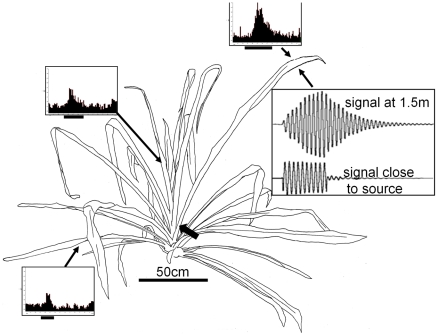Figure 3. Transmission and perception of substrate-borne vibrations along Aechmea magdalenae, the roost plant of the katydid D. gigliotosi.
When one leaf of the plant is stimulated with a sinusoidal stimulus at 10 Hz (at the position indicated by the large arrowhead), the induced vibrations of the plant differ substantially close to the source (distance 5 cm) and at a distance of 150 cm. Note the slow increase of acceleration amplitude after stimulus onset, and corresponding decrease at the end, indicative of resonant properties of the plant at this frequency. Three PST-histograms of responses of vibration receptors are shown for three positions on the plant (arrows), when the stimulus was a male tremulation induced at the position of the arrowhead. The receptor response was largest for the position at the end of the same leaf, where the acceleration amplitude was high, but suprathreshold responses were also observed on other leaves. For further information see text.

